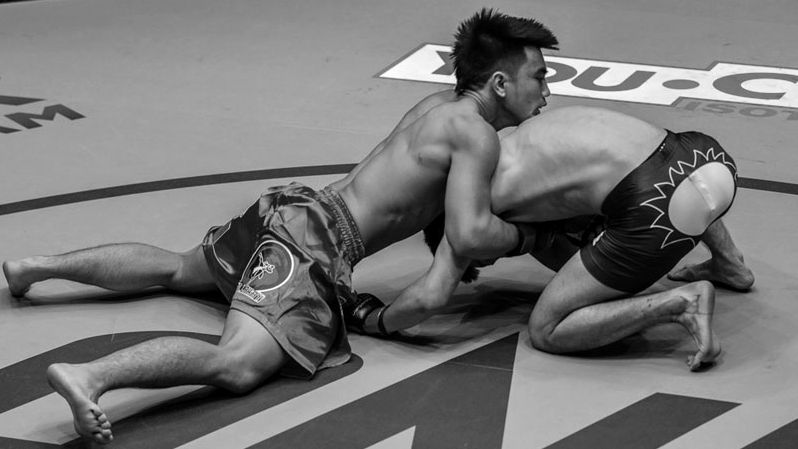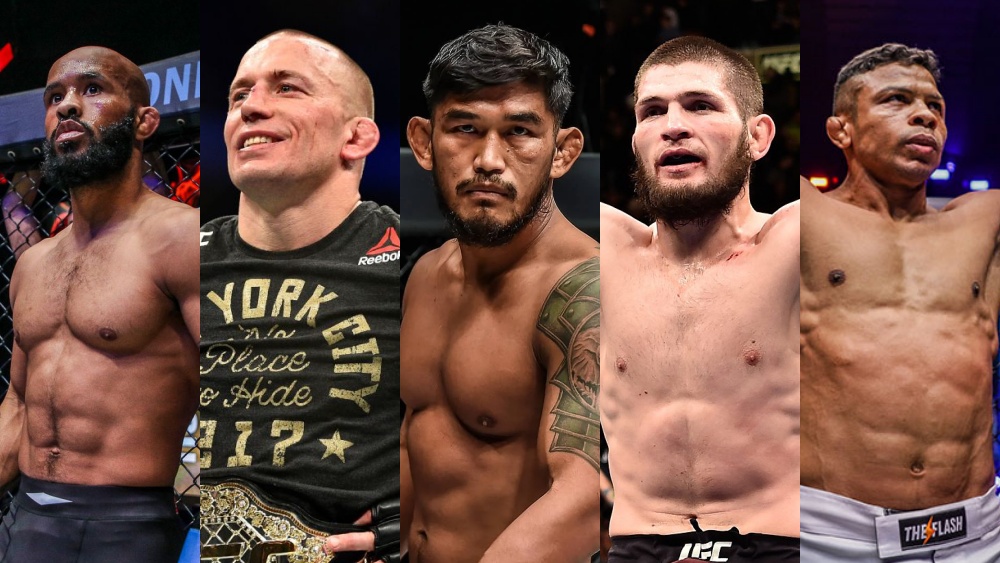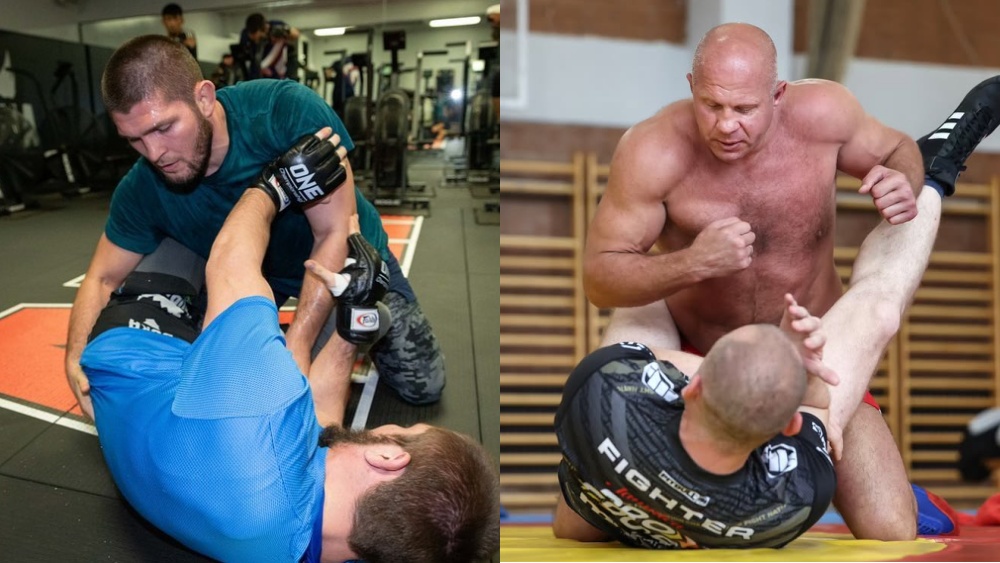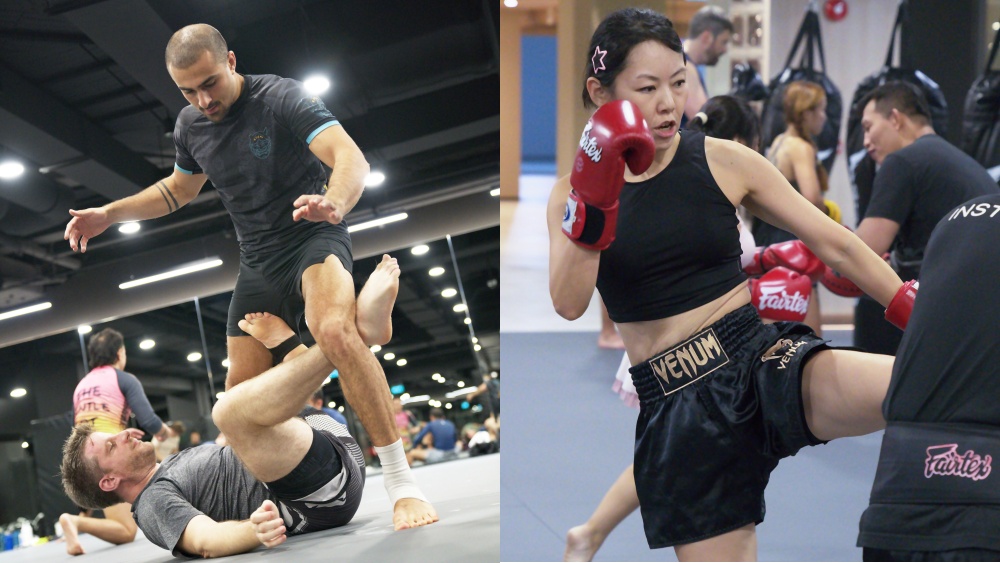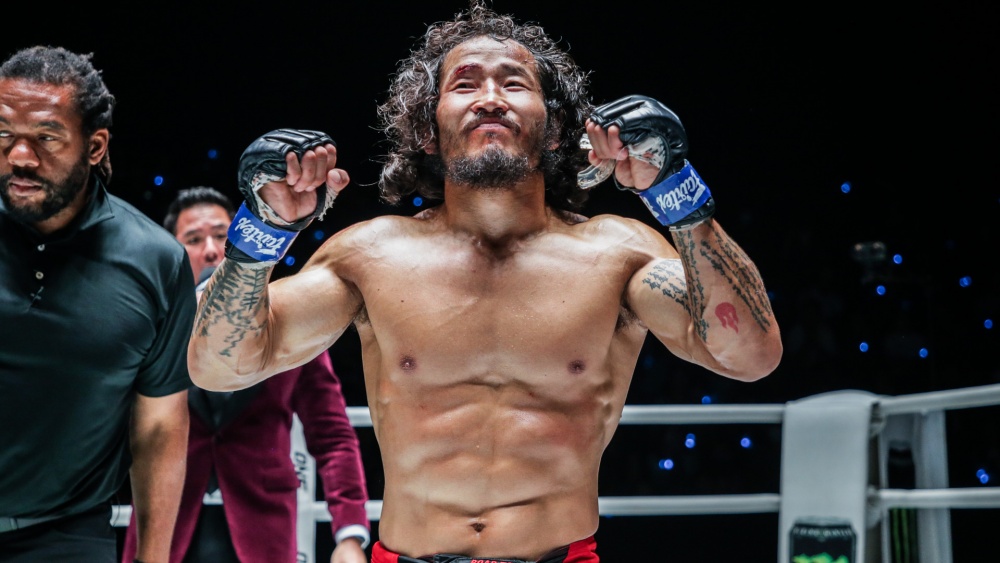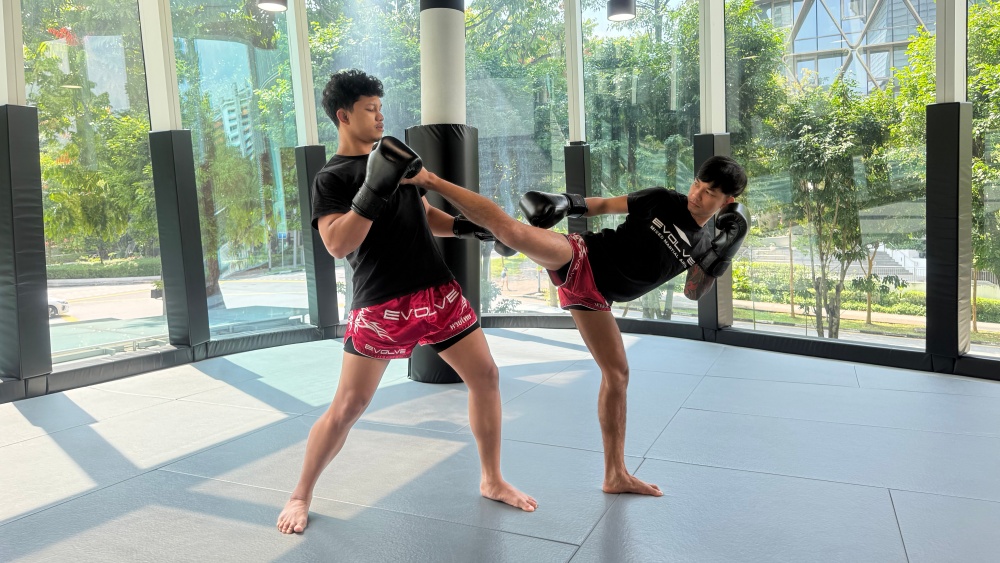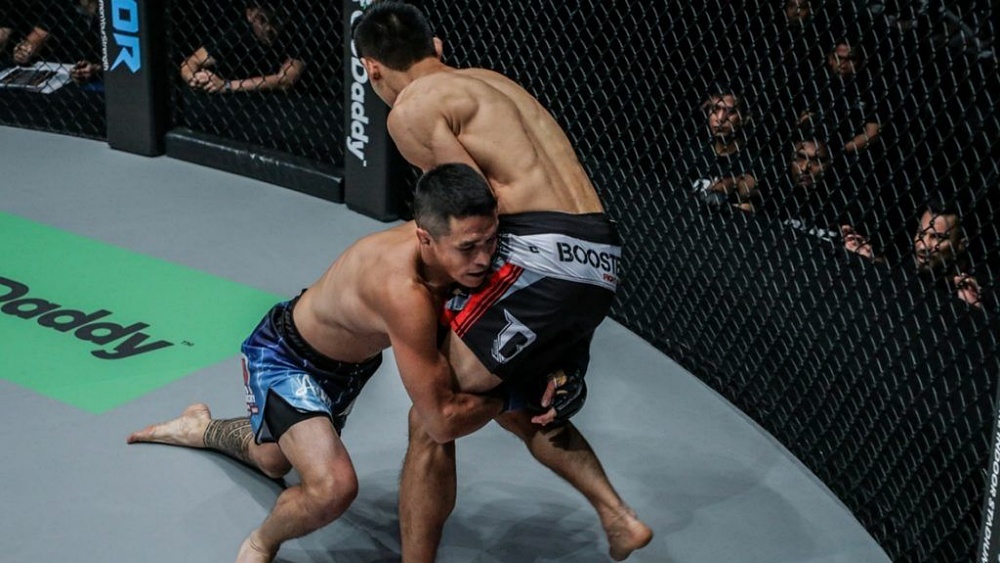It is virtually impossible to be successful in mixed martial arts without knowing how to properly defend against takedowns. The early days of MMA were dominated by grapplers, specifically Royce Gracie, who won the first two UFC tournaments.
Gracie faced opponents with pretty much any style you can think of. He fought boxers, kickboxers, and karate experts, but none were able to stop him from taking them down and submitting them. For a while, many in the MMA community saw that as proof that grappling arts were superior to striking arts.
That could not be further from the truth though. Any martial arts purist knows there is no such thing as one style being superior to another. Each style has its strengths and weaknesses, so fighters who are well-rounded tend to fare better in MMA.
Gracie was very successful during the early days of MMA because most of the people he faced had no clue about how to deal with grapplers.
A lot has changed since then.
UFC Hall of Famer Chuck Liddell was one of the first strikers to prove that stand-up fighters belong at the highest levels of mixed martial arts. Liddell came from a kickboxing background, but he also wrestled during his younger years.
The combination of Liddell’s skills allowed him to dominate the Ultimate Fighting Championship’s light-heavyweight division for years. His opponents found themselves unable to take him to the ground, forcing them to stand and trade with “The Iceman”. Most of them shared a similar fate when they found themselves locked inside a cage with Liddell — they got knocked out.
Since then many strikers have been just as successful inside the cage, such as Anderson Silva and Jose Aldo. Their ability to stuff takedowns has been a big part of their success. Here are 5 proven and tested ways to stop your opponent from taking you down during an MMA fight.
1) Sprawling
Sprawling is arguably the most effective way to stop a takedown in its tracks. When done properly, it can also leave you in an advantageous position afterward. The reason why sprawling is so effective is because most takedowns require a person to grab one or both of your legs or establish some sort of clinch. Sprawling makes it very hard for the opponent to grab you.
It’s also extremely easy to learn and execute. To perform a sprawl, use your hands to push on your opponent’s head, neck, or shoulders while dropping your legs and hip backward. When done properly, most of your body weight should be right on your opponent.
Sprawling also gives you many options for offense. You can go for headlocks and chokes from the position, or you can circle around and take your opponent’s back.
2) Knees
Knees are another great way to stop your opponent from taking you down. Timing is key. If you don’t connect with the knee, you are probably going to end up on your back. If you connect, a strong knee can stun your opponent or make the person hesitant to shoot for more takedowns.
Either leg can be used to throw the knee while trying to defend a takedown. It’s often best to use your lead leg when defending against a single leg, but you can generate more power with the rear leg. One of the reasons why using a knee to defend against takedowns can be so effective is because your opponent has to lower themselves to shoot in for the takedown. When done with proper timing, your opponent’s downward motion makes the knee more devastating.
UFC rising star Israel Adesanya used this technique effectively during his UFC 230 fight against Derek Brunson. The shot stunned Brunson, and Israel followed up with more strikes, finishing him off.
Even if you miss on your opponent’s entry, you can still throw a knee while your opponent has already grabbed one of your legs. Yves Edwards used this technique to KO Edson Berto.
3) Chokes
A handful of chokes can be used successfully to defend against takedowns. The easiest type to pull off is a guillotine choke, but others, such as the ninja choke or Peruvian necktie, can also be used effectively and end a fight.
When someone shoots for a takedown, the person’s neck is vulnerable to these attacks, especially if proper form isn’t being used. Defending against a takedown with a choke should be used as a last resort since you are going to end up on your back if the submission isn’t successful.
Still, it’s a technique that many mixed martial artists have used to turn things around after an opponent shoots in on them. Charles Oliveira is a good example of a mixed martial arts fighter who successfully uses chokes to make opponents pay for shooting in on him.
4) Footwork
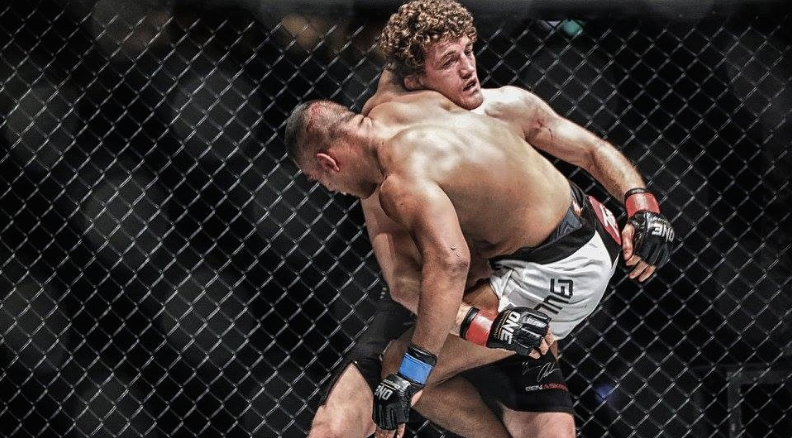
Most MMA fighters who have great footwork are hard to take down because their opponent often needs forward momentum to be successful. Lateral motion is the best way to quickly avoid a shot since it forces your opponent to constantly have to make adjustments. Combine this movement with some strikes and even world-class wrestlers will have a hard time grabbing hold of you.
5) Pummeling
This applies mostly for Greco-Roman style takedowns that start from the clinch. Generally speaking, you don’t want an opponent to secure double underhooks on you. The person who does this usually has more leverage.
Once an opponent clinches up with you, the first thing you want to do is pummel for underhooks. Once you secure double underhooks, you can easily disengage if you choose to or go for a takedown of your own.
You may also like:
